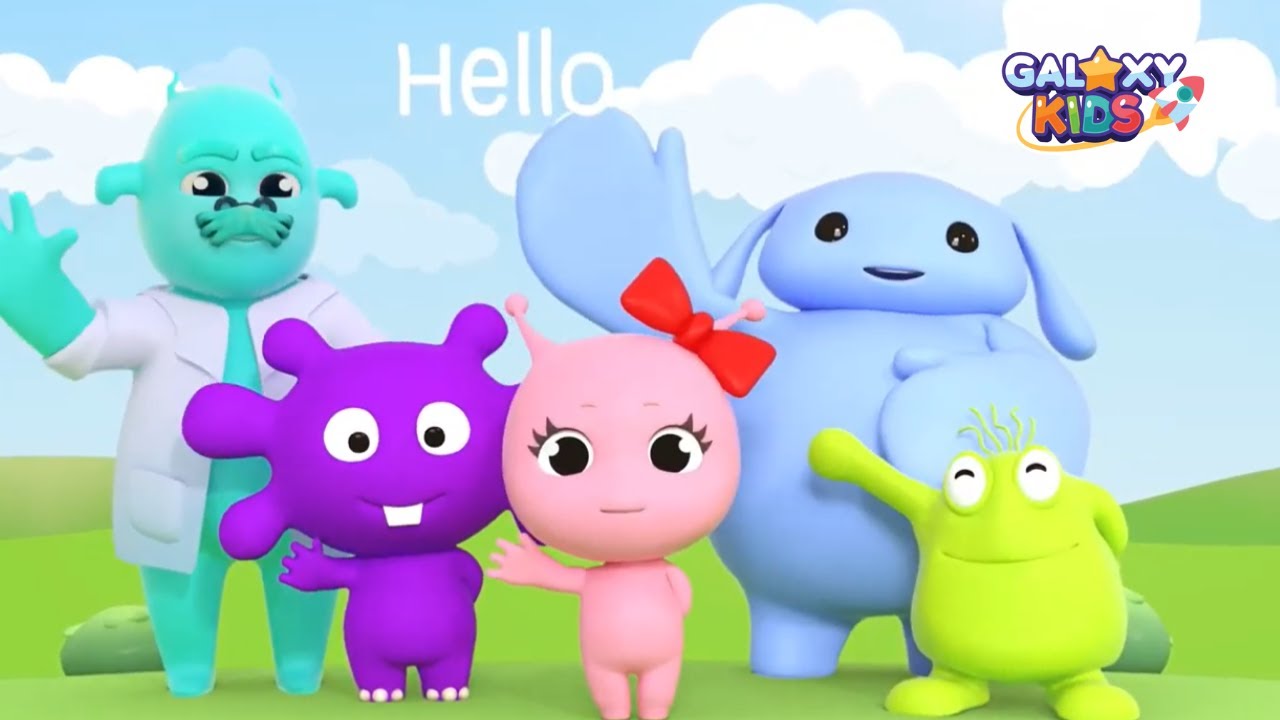One of the first things kids have to know when they learn to speak Chinese is how to say “mom” or “dad”. Learning Chinese using the topic of family is a fun and fast way to impact a child’s memory and love of Chinese. As they grow up, learning the family member’s names and relationships does not only help your little ones with their own family relationships, but it also creates healthier connections with teachers, friends, and other people in their lives.
When kids learn to speak Chinese, parents should first teach children how to introduce themselves, how to say hello and how to greet and introduce themselves to others. A fun way to do this is with role-play using your child’s favorite dolls or stuffed animals. You can even use real family members and take turn introducing yourselves and each other.
Ask the toy or real person to introduce themself and say hello in Chinese. Model a conversation between you and the toy or person first and then ask your child to try. “Hello.” “What’s your name?” “How are you?” Are the most important sentences to learn when teaching beginning conversation skills.
After that, children can learn about family topics such as naming family members, and how to introduce their family to others. The most important thing for parents to do is to create a comfortable, fun environment for children to enjoy learning Chinese and not feel forced to learn.
First, start with the easier family vocabulary words in Chinese.
Family Members Vocabulary in Chinese for Kids:
Mom 妈妈 (māmā)
Dad 爸爸 (bàba)
Big Brother 哥哥 (gēgē)
Little Brother 弟弟 (dìdì)
Big Sister 姐姐 (jiějiě)
Little Sister 妹妹 (mèimei)
Grandpa 爷爷 (yéyé)
Grandma 奶奶 (nǎinai)
You can teach these words using your real family members. Ask your child to learn to speak Chinese by naming the family members. You can also use toys, drawing, and pictures on your phone.
A fun activity is making a family tree with photos of your family. You can paint a picture of a tree and glue the pictures on the tree or make a tree using construction paper and glue. You can also ask your child to draw the member of their family using crayons, markers, or colored pencils.
Once your child can name the easier family vocabulary in Chinese, they can learn Chinese the more challenging vocabulary:
Aunt 姨姨 (Yí yí)
Uncle 叔叔 (Shūshu)
Cousin 表 (Biǎo)
For kids to learn to speak Chinese in a more advanced way, you can teach them short sentences to help them introduce their family. For example:
“This is my family.” “这是我的家人。” (Zhè shì wǒ de jiārén)
“This is my mom.” “这是我的妈妈。” (Zhè shì wǒ de māmā)
“This is my dad.” “这是我的爸爸。” (Zhè shì wǒ de bàba)
“These are my parents.” “这是我的父母。” (Zhè shì wǒ de fùmǔ)
Just replace different family members into the introduction. If sentences are still too advanced for your child, that’s fine. The main goal should be to have them name their immediate family using Chinese words. By using real people, pictures, and toys, you can make this a fun Chinese learning activity for your child!
To learn to say Hello in Chinese or more about family members in Chinese in Chinese for kids, you can download the Galaxy Kids app – the best Chinese learning app for kids!



